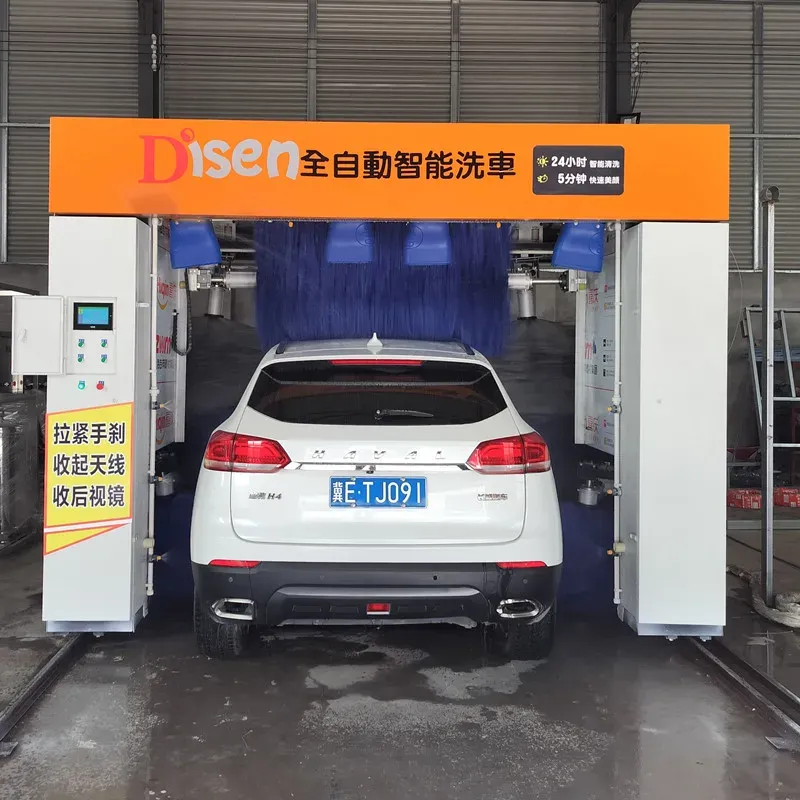good psi for pressure washer for car
The Right PSI for Pressure Washing Your Car
When it comes to keeping your car clean and maintaining its appearance, pressure washing can be an effective solution. However, using the right pressure (measured in PSI, or pounds per square inch) is crucial to ensure that you clean effectively without damaging your vehicle's paintwork or sensitive parts. In this article, we will explore what constitutes a good PSI for pressure washing your car, along with some tips for using a pressure washer safely and effectively.
Understanding PSI Ratings
PSI is a measurement that reflects the amount of pressure a pressure washer can generate. In simple terms, it tells you how much force the water will hit the surface when it sprays out of the nozzle. Generally, pressure washers are available in a range of PSI ratings—from 1,300 to over 4,000 PSI. However, when it comes to washing cars, a lower PSI is often more effective and safer.
Recommended PSI for Cars
For washing cars, a pressure washer with a PSI rating between 1,300 and 2,500 is typically sufficient. This range allows you to effectively remove dirt, grime, and other contaminants without risking damage to your vehicle’s paint or trim. Specifically
- 1,300 to 1,600 PSI Ideal for soft washes and more delicate surfaces. This range is appropriate for washing cars and removing light dirt and debris. If you’re washing a newer car or one with sensitive paintwork, this would be an excellent choice. - 1,800 to 2,200 PSI This range is suitable for cars that are particularly dirty or have more stubborn grime. While effective, it’s essential to maintain a safe distance from the car to avoid damaging the paint.
- Above 2,200 PSI While it might be tempting to use a pressure washer with a higher PSI for a more thorough clean, this can be risky. Anything above 2,500 PSI can strip paint, damage seals, and potentially harm the undercarriage and other sensitive areas of your car.
Tips for Safe Pressure Washing
good psi for pressure washer for car

1. Choose the Right Nozzle Pressure washers often come with interchangeable nozzles, typically color-coded based on the spray pattern and the PSI they deliver. For car washing, a wider spray angle (25-40 degrees) is generally recommended. This allows for a gentler wash that minimizes the risk of scratches.
2. Maintain Distance Always keep the nozzle at least 2 feet away from the car’s surface. This extra distance reduces the intensity of the pressure greatly, making it safer for the paint while still effectively removing dirt.
3. Use Quality Detergents While high PSI can remove dirt, using a dedicated car wash detergent can help to loosen tough grime and make your job easier. Make sure the detergent is compatible with pressure washers and safe for automotive finishes.
4. Inspect the Vehicle Before beginning the wash, inspect your car for any existing damage. Areas with chips, rust, or existing scratches should be treated with caution, as the pressure washer can exacerbate these issues.
5. Rinse Before Applying Detergent It’s always a good idea to perform a preliminary rinse to dislodge larger particles of dirt and debris before applying any soap. This practice helps reduce the risk of scratching the paint.
6. Follow Up with a Gentle Drying Method After washing, use a microfiber towel or chamois to dry the vehicle. This step prevents water spots and ensures that your car looks its best.
7. Regular Maintenance Regularly wash your car to prevent the buildup of dirt and grime, which can make future cleaning easier and protect your car’s finish over time.
Conclusion
Using the correct PSI for washing your car is essential to achieve a thorough clean while protecting your vehicle's surface. By sticking to a PSI range of 1,300 to 2,500, utilizing the proper techniques, and maintaining a safe distance from the car, you can effectively remove dirt and grime without causing damage. Remember, a clean car not only looks great but also retains its value and extends its lifespan.
-
Car Wash Equipment – Durable, Efficient, Pro-Grade SystemsNewsNov.10,2025
-
automatic car washing machine price list: Fast ROI, Low CostNewsNov.10,2025
-
Car Wash Tunnel Design for High Throughput, ROI & UptimeNewsNov.10,2025
-
Car Wash Tunnel Design | High Throughput & Low MaintenanceNewsNov.10,2025
-
Automatic Car Washing Machine Price List - Fast ROINewsNov.10,2025
-
Car Wash Tunnel Design: High Throughput, Custom & DurableNewsOct.27,2025




